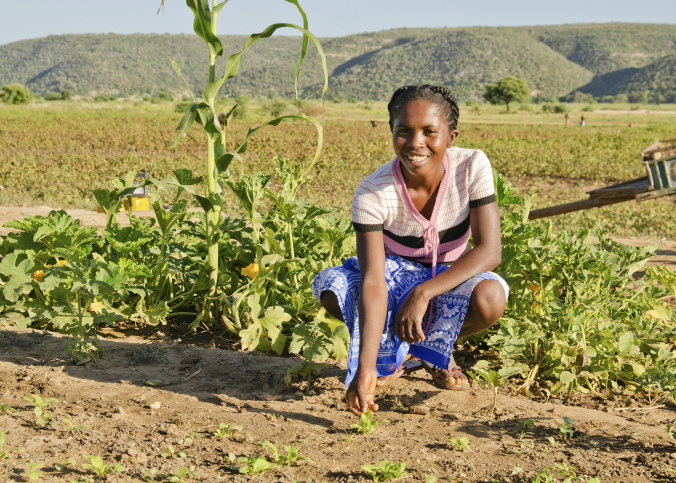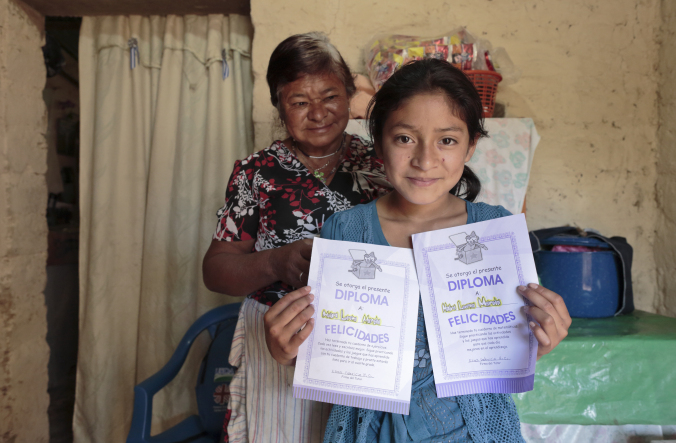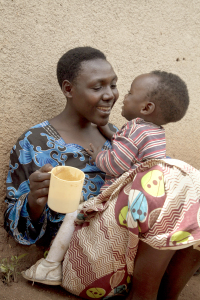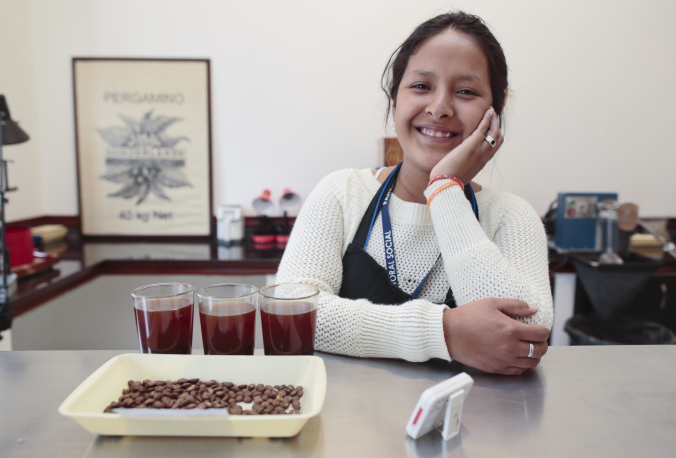 My wife and I stood in our little kitchen, washing and drying our dishes. It was Ash Wednesday. We had gone to different Masses that day and were commenting on the homilies we had each heard. The priest who had celebrated the Mass at which my wife had been present had reflected on the value of fasting, on how it is something to be undertaken with joy. So often, we’re tempted to take on a fast that makes us gloomy, unpleasant people, the priest had said. When he had given up coffee one year, it became less of a fast for him and more of a penance for those around him.
My wife and I stood in our little kitchen, washing and drying our dishes. It was Ash Wednesday. We had gone to different Masses that day and were commenting on the homilies we had each heard. The priest who had celebrated the Mass at which my wife had been present had reflected on the value of fasting, on how it is something to be undertaken with joy. So often, we’re tempted to take on a fast that makes us gloomy, unpleasant people, the priest had said. When he had given up coffee one year, it became less of a fast for him and more of a penance for those around him.
Fasting is always a funny thing. Each year, my wife and I spend those last few weeks of Ordinary Time prior to Lent pouring over the different fasts we can undertake, what we will do for Lent. But that year, standing in the kitchen, dripping dishes in hand, we realized something. God is perfectly clear about the kind of fasting we’re asked to undertake. In fact, God has been clear for thousands of years—and God reminds us each and every Ash Wednesday with distinct clarity through the words of Isaiah:
Is this not, rather, the fast that I choose: releasing those bound unjustly, untying the thongs of the yoke; Setting free the oppressed, breaking off every yoke? Is it not sharing your bread with the hungry, bringing the afflicted and the homeless into your house; Clothing the naked when you see them, and not turning your back on your own flesh? (58: 6-7)
Just so. The call to charity and justice is unavoidable. It is, it would seem, God’s deepest desire for our own individual fasts. Swearing off social media is good in so far as it frees me to help another. Buying one less coffee a day can be a fruitful exercise if it means that the money not spent goes instead to a worthy cause. Honing my own self-discipline is important and valuable as long as it better enables me to fulfill those words of Jesus: Love God, and love your neighbor as yourself.
If we keep this in mind, then our Lenten practice of prayer, fasting, and almsgiving necessarily becomes other focused. Our prayer keeps us mindful of God at work in the world—in our lives and the lives of others—and poises us to act in line with the working of the Spirit. Our fasting becomes an exercise in self-emptying, of preventing the me-ness from preoccupying our minds; rather, it is to allow God to work within us, focusing our attention on another. And our almsgiving becomes the necessary response, the filling up and cascading over of love for neighbor, a desire to, in our self-emptied state, give of ourselves to those most in need.
Is this not the path that Jesus walked, that same path that we prayerfully consider throughout the season of Lent? Paul writes to the Philippians:
Rather, he emptied himself, taking the form of a slave, coming in human likeness; and found human in appearance, he humbled himself, becoming obedient to death, even death on a cross. (2:7-8)
So, then, the challenge for each of us this Lent is to reflect on our own practice of prayer, fasting, and almsgiving and assess how our emptied selves are best put at the service of others. Bombarded by the international crisis facing us each day, I would suggest that our Lenten practice demands a global lens. How can these pillars of Lent lead us deeper into a spirituality of global solidarity? How can we give of ourselves to God’s one, human family, a family that crosses borders, cultures, and religions?
Certainly, this is not a challenge to be undertaken lightly—or completed quickly. But we can make it a goal of our Lenten journey to take a single step along the road of global solidarity. I offer, as a roadmap, CRS Rice Bowl, a program that aims to usher us further down that path, to close the gaps that separate us from our brothers and sisters around the world, to prepare in us a heart that is fertile and ready to receive and act upon the global mission of the Church. Your first stop on the journey might be crsricebowl.org or CRS Rice Bowl app, for your iOS and Android device.
But don’t let that be your last stop. Where will your prayer, fasting and almsgiving take you this Lent? Perhaps, more significantly, when these 40 days have ended, where then will you be prepared to go?
Eric Clayton is CRS Rice Bowl Program Officer at Catholic Relief Services

 Eric Clayton is CRS Rice Bowl Program Officer at Catholic Relief Services (CRS).
Eric Clayton is CRS Rice Bowl Program Officer at Catholic Relief Services (CRS).



 My wife and I stood in our little kitchen, washing and drying our dishes. It was Ash Wednesday. We had gone to different Masses that day and were commenting on the homilies we had each heard. The priest who had celebrated the Mass at which my wife had been present had reflected on the value of fasting, on how it is something to be undertaken with joy. So often, we’re tempted to take on a fast that makes us gloomy, unpleasant people, the priest had said. When he had given up coffee one year, it became less of a fast for him and more of a penance for those around him.
My wife and I stood in our little kitchen, washing and drying our dishes. It was Ash Wednesday. We had gone to different Masses that day and were commenting on the homilies we had each heard. The priest who had celebrated the Mass at which my wife had been present had reflected on the value of fasting, on how it is something to be undertaken with joy. So often, we’re tempted to take on a fast that makes us gloomy, unpleasant people, the priest had said. When he had given up coffee one year, it became less of a fast for him and more of a penance for those around him. The Sixth Station of the Cross speaks in a special way to how we live out mercy during Lent. In this Station we see Veronica not just wiping the face of Christ, but reaching out—at some danger to herself—to touch Jesus, to be present to a man who was suffering. Why would she do this? What difference was she really making? After all, Jesus was on his way to die—a simple cloth wasn’t going to change that.
The Sixth Station of the Cross speaks in a special way to how we live out mercy during Lent. In this Station we see Veronica not just wiping the face of Christ, but reaching out—at some danger to herself—to touch Jesus, to be present to a man who was suffering. Why would she do this? What difference was she really making? After all, Jesus was on his way to die—a simple cloth wasn’t going to change that.